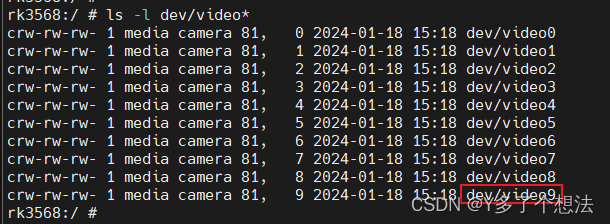elasticsearch[一]-索引库操作(轻松创建)、文档增删改查、批量写入(效率倍增)
1、初始化 RestClient
在 elasticsearch 提供的 API 中,与 elasticsearch 一切交互都封装在一个名为 RestHighLevelClient 的类中,必须先完成这个对象的初始化,建立与 elasticsearch 的连接。
分为三步:
1)引入 es 的 RestHighLevelClient 依赖:
<dependency>
<groupId>org.elasticsearch.client</groupId>
<artifactId>elasticsearch-rest-high-level-client</artifactId>
</dependency>
2)因为 SpringBoot 默认的 ES 版本是 7.6.2,所以我们需要覆盖默认的 ES 版本:
<properties>
<java.version>1.8</java.version>
<elasticsearch.version>7.12.1</elasticsearch.version>
</properties>
3)初始化 RestHighLevelClient:
初始化的代码如下:
RestHighLevelClient client = new RestHighLevelClient(RestClient.builder(
HttpHost.create("http://xxx.xxx.xxx.xxx:9200")
));
这里为了单元测试方便,我们创建一个测试类 HotelIndexTest,然后将初始化的代码编写在 @BeforeEach 方法中:
package cn.itcast.hotel;
import org.apache.http.HttpHost;
import org.elasticsearch.client.RestHighLevelClient;
import org.junit.jupiter.api.AfterEach;
import org.junit.jupiter.api.BeforeEach;
import org.junit.jupiter.api.Test;
import java.io.IOException;
public class HotelIndexTest {
private RestHighLevelClient client;
@BeforeEach
void setUp() {
this.client = new RestHighLevelClient(RestClient.builder(
HttpHost.create("http://xxx.xxx.xxx.xxx:9200")
));
}
@AfterEach
void tearDown() throws IOException {
this.client.close();
}
}
1.1、创建索引库
创建索引库的 API 如下:

代码分为三步:
- 1)创建 Request 对象。因为是创建索引库的操作,因此 Request 是 CreateIndexRequest。
- 2)添加请求参数,其实就是 DSL 的 JSON 参数部分。因为 json 字符串很长,这里是定义了静态字符串常量 MAPPING_TEMPLATE,让代码看起来更加优雅。
- 3)发送请求,client.indices() 方法的返回值是 IndicesClient 类型,封装了所有与索引库操作有关的方法。
完整示例
在 hotel-demo 的 cn.itcast.hotel.constants 包下,创建一个类,定义 mapping 映射的 JSON 字符串常量:
package cn.itcast.hotel.constants;
public class HotelConstants {
public static final String MAPPING_TEMPLATE = "{\n" +
" \"mappings\": {\n" +
" \"properties\": {\n" +
" \"id\": {\n" +
" \"type\": \"keyword\"\n" +
" },\n" +
" \"name\":{\n" +
" \"type\": \"text\",\n" +
" \"analyzer\": \"ik_max_word\",\n" +
" \"copy_to\": \"all\"\n" +
" },\n" +
" \"address\":{\n" +
" \"type\": \"keyword\",\n" +
" \"index\": false\n" +
" },\n" +
" \"price\":{\n" +
" \"type\": \"integer\"\n" +
" },\n" +
" \"score\":{\n" +
" \"type\": \"integer\"\n" +
" },\n" +
" \"brand\":{\n" +
" \"type\": \"keyword\",\n" +
" \"copy_to\": \"all\"\n" +
" },\n" +
" \"city\":{\n" +
" \"type\": \"keyword\",\n" +
" \"copy_to\": \"all\"\n" +
" },\n" +
" \"starName\":{\n" +
" \"type\": \"keyword\"\n" +
" },\n" +
" \"business\":{\n" +
" \"type\": \"keyword\"\n" +
" },\n" +
" \"location\":{\n" +
" \"type\": \"geo_point\"\n" +
" },\n" +
" \"pic\":{\n" +
" \"type\": \"keyword\",\n" +
" \"index\": false\n" +
" },\n" +
" \"all\":{\n" +
" \"type\": \"text\",\n" +
" \"analyzer\": \"ik_max_word\"\n" +
" }\n" +
" }\n" +
" }\n" +
"}";
}
在 hotel-demo 中的 HotelIndexTest 测试类中,编写单元测试,实现创建索引:
@Test
void createHotelIndex() throws IOException {
// 1.创建Request对象
CreateIndexRequest request = new CreateIndexRequest("hotel");
// 2.准备请求的参数:DSL语句
request.source(MAPPING_TEMPLATE, XContentType.JSON);
// 3.发送请求
client.indices().create(request, RequestOptions.DEFAULT);
}
1.2、删除索引库
删除索引库的 DSL 语句非常简单:
DELETE /hotel
与创建索引库相比:
- 请求方式从 PUT 变为 DELTE
- 请求路径不变
- 无请求参数
所以代码的差异,注意体现在 Request 对象上。依然是三步走:
- 1)创建 Request 对象。这次是 DeleteIndexRequest 对象
- 2)准备参数。这里是无参
- 3)发送请求。改用 delete 方法
在 hotel-demo 中的 HotelIndexTest 测试类中,编写单元测试,实现删除索引:
@Test
void testDeleteHotelIndex() throws IOException {
// 1.创建Request对象
DeleteIndexRequest request = new DeleteIndexRequest("hotel");
// 2.发送请求
client.indices().delete(request, RequestOptions.DEFAULT);
}
1.3、判断索引库是否存在
判断索引库是否存在,本质就是查询,对应的 DSL 是:
GET /hotel
因此与删除的 Java 代码流程是类似的。依然是三步走:
- 1)创建 Request 对象。这次是 GetIndexRequest 对象
- 2)准备参数。这里是无参
- 3)发送请求。改用 exists 方法
@Test
void testExistsHotelIndex() throws IOException {
// 1.创建Request对象
GetIndexRequest request = new GetIndexRequest("hotel");
// 2.发送请求
boolean exists = client.indices().exists(request, RequestOptions.DEFAULT);
// 3.输出
System.err.println(exists ? "索引库已经存在!" : "索引库不存在!");
}
1.4、总结
JavaRestClient 操作 elasticsearch 的流程基本类似。核心是 client.indices() 方法来获取索引库的操作对象。
索引库操作的基本步骤:
- 初始化 RestHighLevelClient
- 创建 XxxIndexRequest。XXX 是 Create、Get、Delete
- 准备 DSL( Create 时需要,其它是无参)
- 发送请求。调用 RestHighLevelClient#indices().xxx() 方法,xxx 是 create、exists、delete
2、RestClient 操作文档
为了与索引库操作分离,我们再次参加一个测试类,做两件事情:
- 初始化 RestHighLevelClient
- 我们的酒店数据在数据库,需要利用 IHotelService 去查询,所以注入这个接口
package cn.itcast.hotel;
import cn.itcast.hotel.pojo.Hotel;
import cn.itcast.hotel.service.IHotelService;
import org.junit.jupiter.api.AfterEach;
import org.junit.jupiter.api.BeforeEach;
import org.junit.jupiter.api.Test;
import org.springframework.beans.factory.annotation.Autowired;
import org.springframework.boot.test.context.SpringBootTest;
import java.io.IOException;
import java.util.List;
@SpringBootTest
public class HotelDocumentTest {
@Autowired
private IHotelService hotelService;
private RestHighLevelClient client;
@BeforeEach
void setUp() {
this.client = new RestHighLevelClient(RestClient.builder(
HttpHost.create("http://192.168.150.101:9200")
));
}
@AfterEach
void tearDown() throws IOException {
this.client.close();
}
}
2.1、新增文档
我们要将数据库的酒店数据查询出来,写入 elasticsearch 中。
2.1.1、索引库实体类
数据库查询后的结果是一个 Hotel 类型的对象。结构如下:
@Data
@TableName("tb_hotel")
public class Hotel {
@TableId(type = IdType.INPUT)
private Long id;
private String name;
private String address;
private Integer price;
private Integer score;
private String brand;
private String city;
private String starName;
private String business;
private String longitude;
private String latitude;
private String pic;
}
与我们的索引库结构存在差异:
- longitude 和 latitude 需要合并为 location
因此,我们需要定义一个新的类型,与索引库结构吻合:
package cn.itcast.hotel.pojo;
import lombok.Data;
import lombok.NoArgsConstructor;
@Data
@NoArgsConstructor
public class HotelDoc {
private Long id;
private String name;
private String address;
private Integer price;
private Integer score;
private String brand;
private String city;
private String starName;
private String business;
private String location;
private String pic;
public HotelDoc(Hotel hotel) {
this.id = hotel.getId();
this.name = hotel.getName();
this.address = hotel.getAddress();
this.price = hotel.getPrice();
this.score = hotel.getScore();
this.brand = hotel.getBrand();
this.city = hotel.getCity();
this.starName = hotel.getStarName();
this.business = hotel.getBusiness();
this.location = hotel.getLatitude() + ", " + hotel.getLongitude();
this.pic = hotel.getPic();
}
}
2.1.2. 语法说明
新增文档的 DSL 语句如下:
POST /{索引库名}/_doc/1
{
"name": "Jack",
"age": 21
}
对应的 java 代码如图:

可以看到与创建索引库类似,同样是三步走:
- 1)创建 Request 对象
- 2)准备请求参数,也就是 DSL 中的 JSON 文档
- 3)发送请求
变化的地方在于,这里直接使用 client.xxx() 的 API,不再需要 client.indices() 了。
2.1.3、完整代码
我们导入酒店数据,基本流程一致,但是需要考虑几点变化:
- 酒店数据来自于数据库,我们需要先查询出来,得到 hotel 对象
- hotel 对象需要转为 HotelDoc 对象
- HotelDoc 需要序列化为 json 格式
因此,代码整体步骤如下:
- 1)根据 id 查询酒店数据 Hotel
- 2)将 Hotel 封装为 HotelDoc
- 3)将 HotelDoc 序列化为 JSON
- 4)创建 IndexRequest,指定索引库名和 id
- 5)准备请求参数,也就是 JSON 文档
- 6)发送请求
在 hotel-demo 的 HotelDocumentTest 测试类中,编写单元测试:
@Test
void testAddDocument() throws IOException {
// 1.根据id查询酒店数据
Hotel hotel = hotelService.getById(61083L);
// 2.转换为文档类型
HotelDoc hotelDoc = new HotelDoc(hotel);
// 3.将HotelDoc转json
String json = JSON.toJSONString(hotelDoc);
// 1.准备Request对象
IndexRequest request = new IndexRequest("hotel").id(hotelDoc.getId().toString());
// 2.准备Json文档
request.source(json, XContentType.JSON);
// 3.发送请求
client.index(request, RequestOptions.DEFAULT);
}
2.2、查询文档
2.2.1、语法说明
查询的 DSL 语句如下:
GET /hotel/_doc/{id}
非常简单,因此代码大概分两步:
- 准备 Request 对象
- 发送请求
不过查询的目的是得到结果,解析为 HotelDoc,因此难点是结果的解析。完整代码如下:
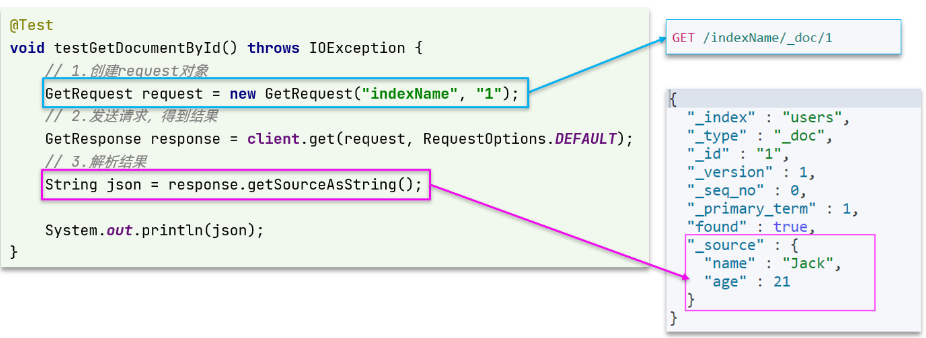
可以看到,结果是一个 JSON,其中文档放在一个_source属性中,因此解析就是拿到_source,反序列化为 Java 对象即可。
与之前类似,也是三步走:
- 1)准备 Request 对象。这次是查询,所以是 GetRequest
- 2)发送请求,得到结果。因为是查询,这里调用 client.get() 方法
- 3)解析结果,就是对 JSON 做反序列化
2.2.2、完整代码
在 hotel-demo 的 HotelDocumentTest 测试类中,编写单元测试:
@Test
void testGetDocumentById() throws IOException {
// 1.准备Request
GetRequest request = new GetRequest("hotel", "61082");
// 2.发送请求,得到响应
GetResponse response = client.get(request, RequestOptions.DEFAULT);
// 3.解析响应结果
String json = response.getSourceAsString();
HotelDoc hotelDoc = JSON.parseObject(json, HotelDoc.class);
System.out.println(hotelDoc);
}
2.3. 删除文档
删除的 DSL 为是这样的:
DELETE /hotel/_doc/{id}
与查询相比,仅仅是请求方式从 DELETE 变成 GET,可以想象 Java 代码应该依然是三步走:
- 1)准备 Request 对象,因为是删除,这次是 DeleteRequest 对象。要指定索引库名和 id
- 2)准备参数,无参
- 3)发送请求。因为是删除,所以是 client.delete() 方法
在 hotel-demo 的 HotelDocumentTest 测试类中,编写单元测试:
@Test
void testDeleteDocument() throws IOException {
// 1.准备Request
DeleteRequest request = new DeleteRequest("hotel", "61083");
// 2.发送请求
client.delete(request, RequestOptions.DEFAULT);
}
2.4、修改文档
2.4.1、语法说明
修改我们讲过两种方式:
- 全量修改:本质是先根据 id 删除,再新增
- 增量修改:修改文档中的指定字段值
在 RestClient 的 API 中,全量修改与新增的 API 完全一致,判断依据是 ID:
- 如果新增时,ID 已经存在,则修改
- 如果新增时,ID 不存在,则新增
这里不再赘述,我们主要关注增量修改。
代码示例如图:

与之前类似,也是三步走:
- 1)准备 Request 对象。这次是修改,所以是 UpdateRequest
- 2)准备参数。也就是 JSON 文档,里面包含要修改的字段
- 3)更新文档。这里调用 client.update() 方法
2.4.2. 完整代码
在 hotel-demo 的 HotelDocumentTest 测试类中,编写单元测试:
@Test
void testUpdateDocument() throws IOException {
// 1.准备Request
UpdateRequest request = new UpdateRequest("hotel", "61083");
// 2.准备请求参数
request.doc(
"price", "952",
"starName", "四钻"
);
// 3.发送请求
client.update(request, RequestOptions.DEFAULT);
}
2.5、批量导入文档
案例需求:利用 BulkRequest 批量将数据库数据导入到索引库中。
步骤如下:
-
利用 mybatis-plus 查询酒店数据
-
将查询到的酒店数据(Hotel)转换为文档类型数据(HotelDoc)
-
利用 JavaRestClient 中的 BulkRequest 批处理,实现批量新增文档
2.5.1. 语法说明
批量处理 BulkRequest,其本质就是将多个普通的 CRUD 请求组合在一起发送。
其中提供了一个 add 方法,用来添加其他请求:
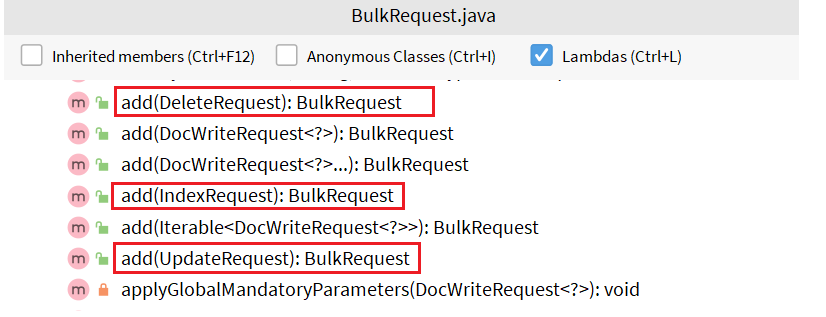
可以看到,能添加的请求包括:
- IndexRequest,也就是新增
- UpdateRequest,也就是修改
- DeleteRequest,也就是删除
因此 Bulk 中添加了多个 IndexRequest,就是批量新增功能了。示例:
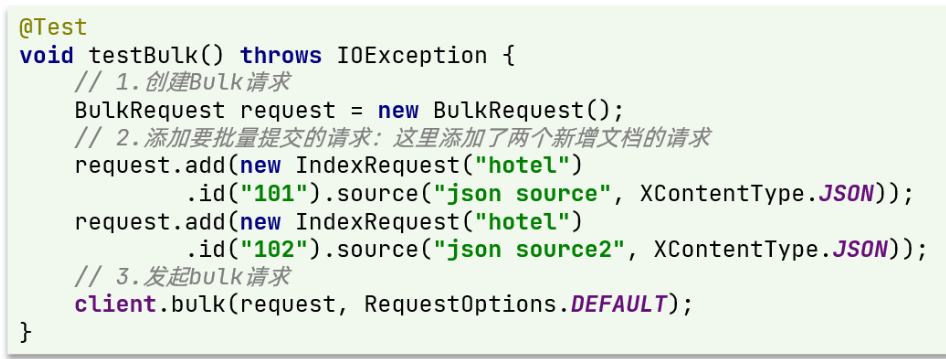
其实还是三步走:
- 1)创建 Request 对象。这里是 BulkRequest
- 2)准备参数。批处理的参数,就是其它 Request 对象,这里就是多个 IndexRequest
- 3)发起请求。这里是批处理,调用的方法为 client.bulk() 方法
我们在导入酒店数据时,将上述代码改造成 for 循环处理即可。
2.5.2. 完整代码
在 hotel-demo 的 HotelDocumentTest 测试类中,编写单元测试:
/**
* 批量导入es
* @throws IOException
*/
@Test
void testBatchImportDocument() throws IOException {
// 1、批量查询数据库数据
List<Hotel> list = hotelService.list();
// 2、创建 request 对象
BulkRequest request = new BulkRequest();
// 3、转换文档格式
for (Hotel hotel : list) {
HotelDoc hotelDoc = new HotelDoc(hotel);
request.add(new IndexRequest("hotel")
.id(hotel.getId().toString())
.source(JSON.toJSONString(hotelDoc), XContentType.JSON));
}
// 4、发送请求
client.bulk(request, RequestOptions.DEFAULT);
}
2.6. 小结
文档操作的基本步骤:
- 初始化 RestHighLevelClient
- 创建 XxxRequest。XXX 是 Index、Get、Update、Delete、Bulk
- 准备参数(Index、Update、Bulk 时需要)
- 发送请求。调用 RestHighLevelClient#.xxx() 方法,xxx 是 index、get、update、delete、bulk
- 解析结果(Get 时需要)
参考链接:https://www.cnblogs.com/DeryKong/p/17002492.html

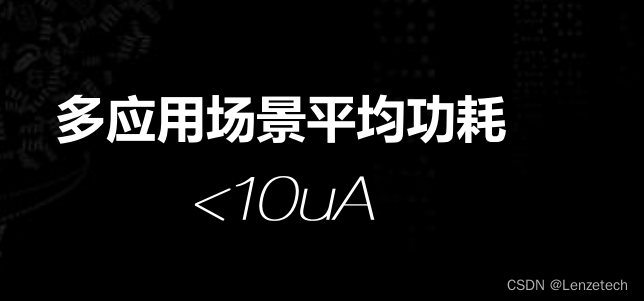
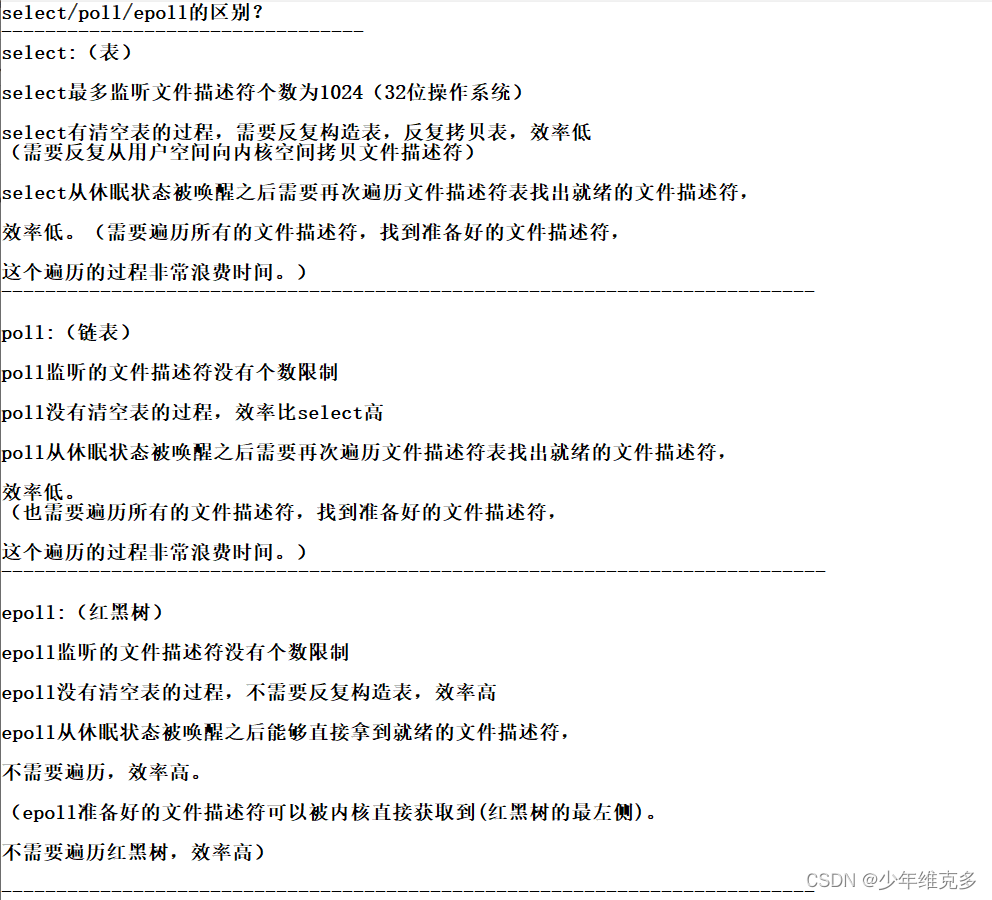
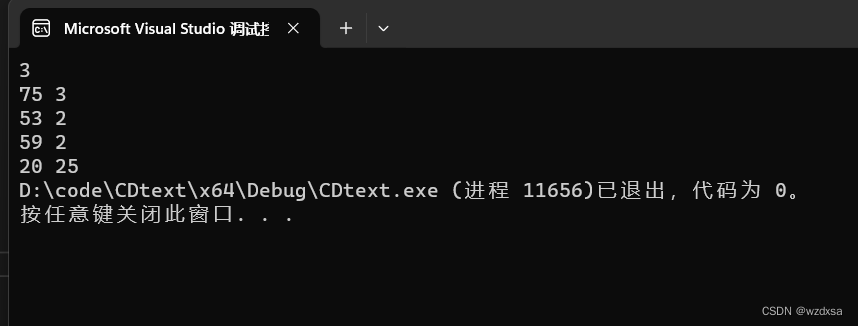


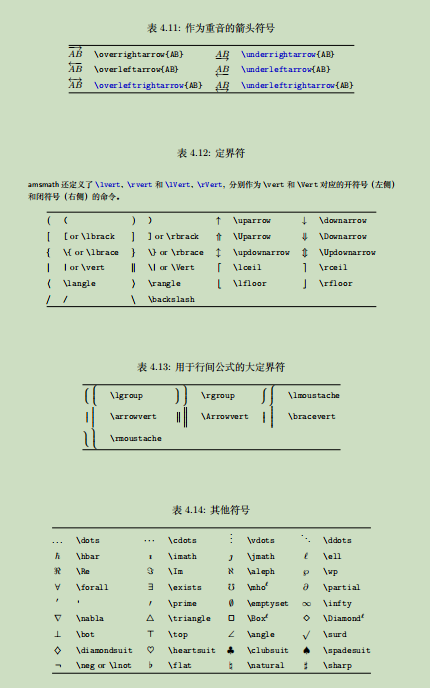





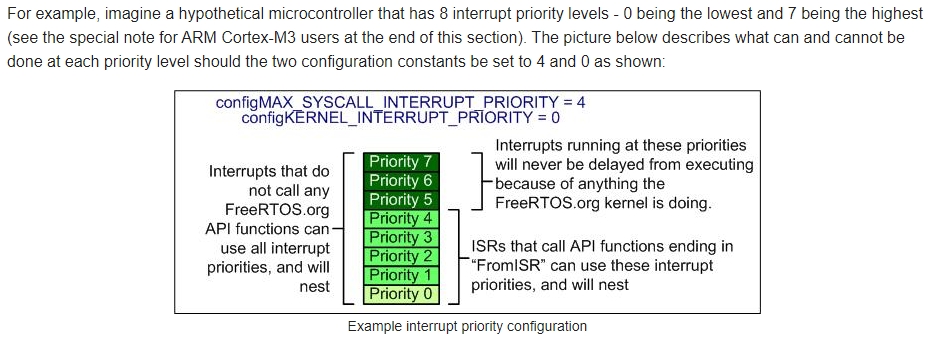

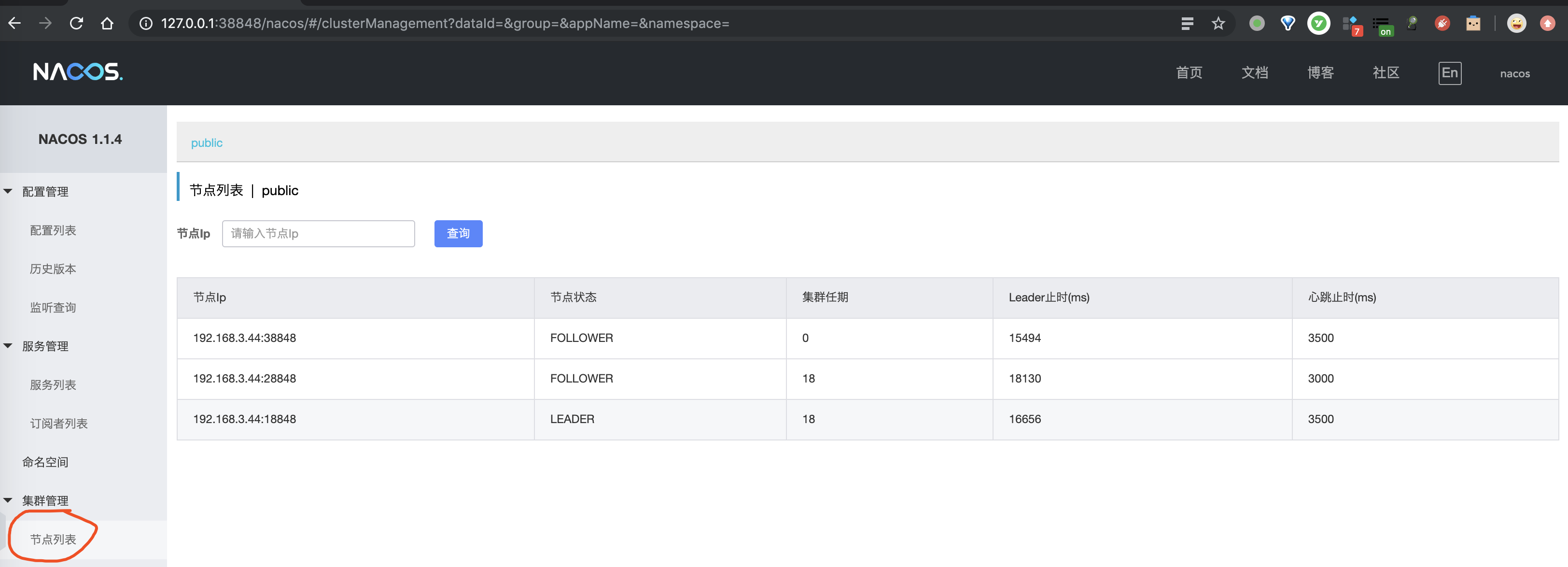

![[笔记]深度学习入门 基于Python的理论与实现(四)](https://img-blog.csdnimg.cn/direct/0f6664b3bb094ad5b7158a828cca73a0.png)
